EOT (Electric Overhead Traveling) Cranes and Hoist are industrial machines that are mainly used for materials movements in construction sites, production halls, assembly lines, storage areas, power stations, and similar places.
Types of Cranes
Single girder cranes (Fig. 1A) – The crane consists of a single bridge girder supported on two end trucks. It has a trolley hoist mechanism that runs on the bottom flange of the bridge girder.
Double Girder Bridge Cranes (Fig. 1B) – The crane consists of two bridge girders supported on two end trucks. The trolley runs on rails on the top of the bridge girders.
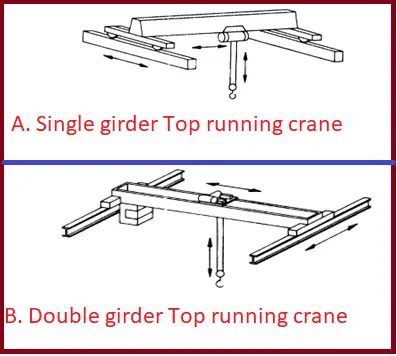
Selection of Cranes
Which Crane should you choose – Single Girder or Double Girder
Generally, if the crane is more than 15 tons or the span is more than 30m, a double girder crane is a better solution.
Components of Cranes (Fig. 2)
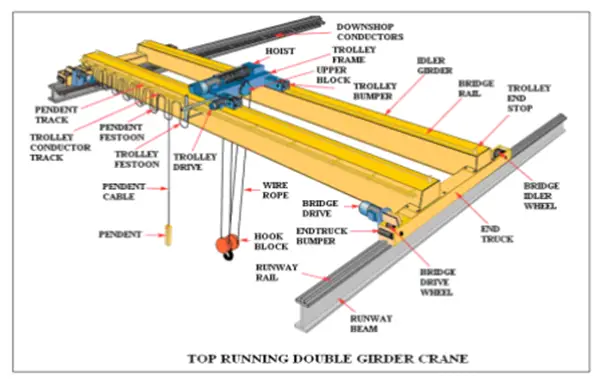
Essential Parameters for Specifying EOT Cranes (Fig. 3)
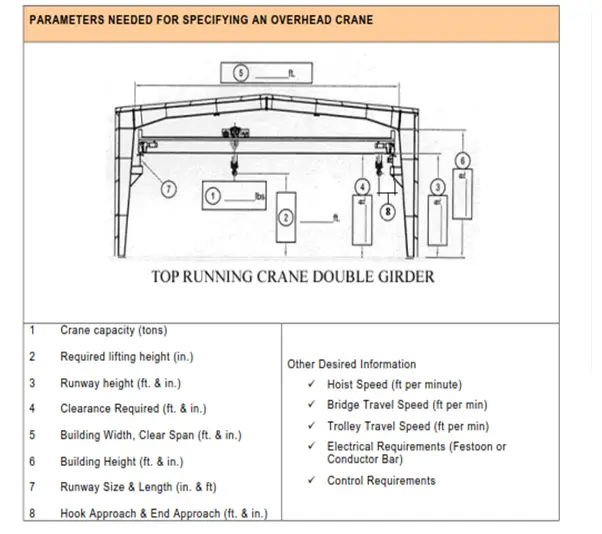
Codes and Standards for EOT Cranes
Electric Overhead Traveling cranes shall conform in design, materials, construction, and performance with the current issue of the following specifications, codes, and standards.
- CMAA 70 Specification for Top Running Bridge & Gantry Type Multiple Girder Electric Overhead Traveling Cranes
- AGMA American Gear Manufacturer’s Association
- ASME HST-4 Performance Standard for Overhead Electric Wire Rope Hoists
- ASME Y 14.1 Decimal Inch Drawing Sheet Size and Format
- ASME B18.2.2 Square and Hex Nuts
- ASME B30.2 Overhead and Gantry Cranes (Top Running Bridge, Single or Multiple Girder, Top Running Trolley Hoist)
- ASME B30.10 Hooks
- AWS D14.1 American Welding Society – Specification for Welding of Industrial and Mill Cranes
- HMI 100-74 Hoist Manufacturer’s Institute – Specification for Electric Wire Rope Hoists
- NEC 610-14 Determining Amperage Requirements for Cranes and Hoists
- NEMA ICS 8 Industrial Control and Systems – Crane and Hoist Controllers
- NFPA70 National Electrical Code
- OSHA Occupational Safety & Health Administration
- IBC International Building Code (This will eventually replace UBC)
- UBC Uniform Building Code
Control Equipment (Fig. 4) for EOT Cranes
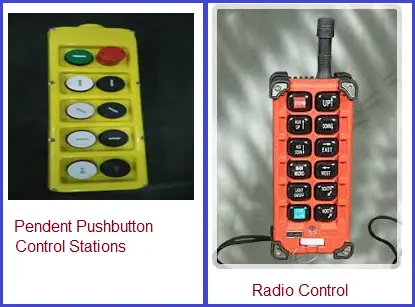
HOISTS (Fig. 5)
A hoist is a device used for lifting or lowering a load by means of a drum or lift wheel around which a rope or chain wraps.
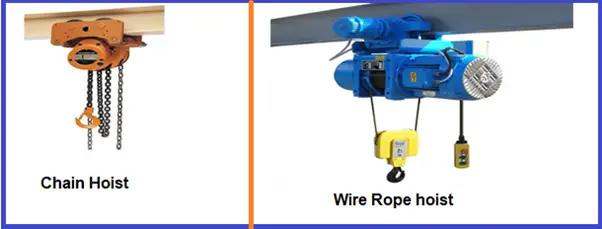
Hoist Selection Factors
- The weight of the load to be lifted includes below-the-hook lifting, load-supporting, and positioning devices.
- The physical size of the load.
- Clearance Considerations
- Lifting Speed Considerations
- Hoist duty
Hoisting Equipment
- Sheaves
- Hook Assembly
- Gear Assembly
- Rope Drum
- Ropes
Hoist Standards
- ASME-HST-1 Performance Standard for Electric Chain Hoists
- ASME-HST-2 Performance Standard for Hand Chain Manually Operated Chain Hoists
- ASME-HST-3 Performance Standard for Manually Lever Operated Chain Hoists
- ASME-HST-4 Performance Standard for Overhead Electric Wire Rope Hoists
- ASME-HST-5 Performance Standard for Air Chain Hoists
- ASME-HST-6 Performance Standard for Air Wire Rope Hoists
- ASME-B30.7 Safety Standard for Base Mounted Drum Hoists
- ASME-B30.16 Safety Standard for Overhead Hoists (Underhung)
- ASME-B30.21 Safety Standard Manually Lever-Operated Hoists
- OSHA (Parts 1910 and 1926) adopts or invokes the American Society of Mechanical Engineers
Few more resources of your interest..
Piping Design and Layout
Piping Interface
Piping Stress Analysis
Piping Materials

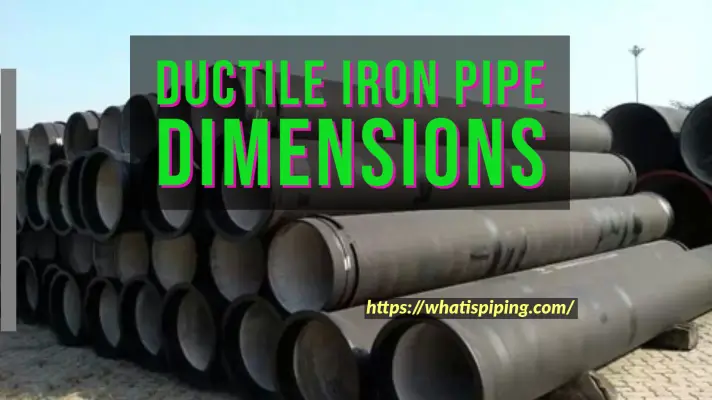
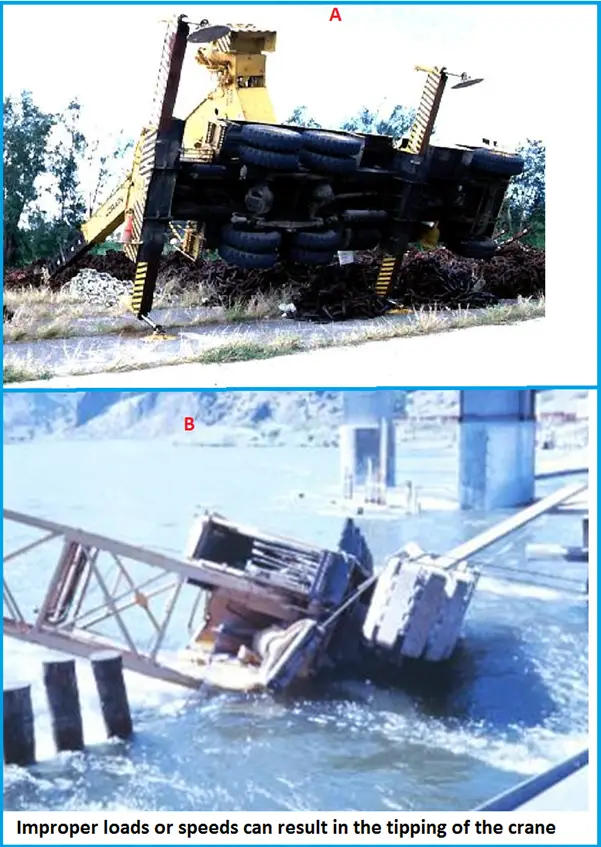




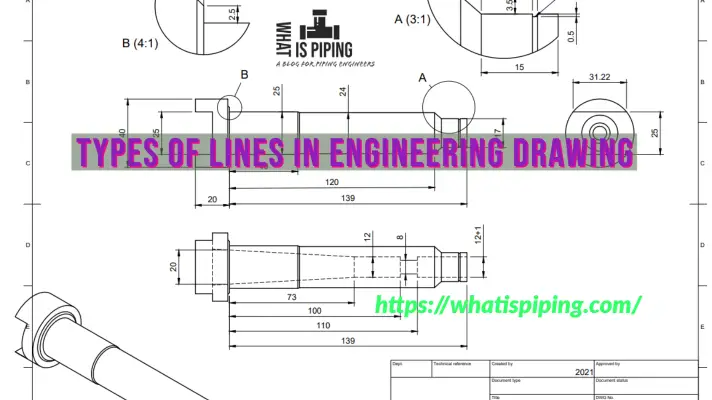
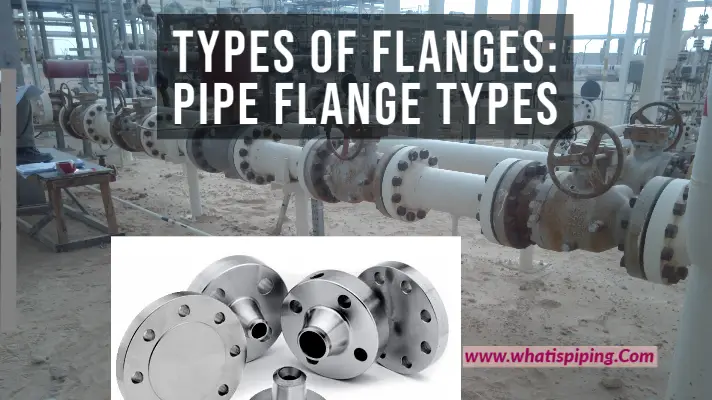
It is great to see such a piece of helpful information and thanks for sharing it.
Really a very helpful article thanks for sharing and keep on sharing!
Really a very helpful article thanks for sharing and keep on sharing!
ABCO Engineers is the Largest Crane Suppliers In Bangalore,Mangalore, Belgaum. Abco Engineers are the best EOT Crane Manufacturers in Bangalore, Karnataka. ABCO provides Cranes with Excellent Quality and the Wide Range of Crane services in Bangalore,Mangalore, Belgaum.Contact today for Complete Crane services in Bangalore karnataka.
Well explained on EOT Cranes & Hoist…
Really a very helpful article thanks for sharing and keep on sharing!
ABCO Engineers is the Largest Crane Suppliers,crane manufacturers, crane company In Bangalore,Mangalore, Belgaum.
It’s greatful for learning opportunity.
Great article about EOT Crane.
Amazing blog! Here you have mentioned everything about EOT CRANES & HOISTS, which includes types, selection, components, parameters, codes, and their standards. GANESH ENGINEERING is dealing with the same EOT Cranes, recently I have purchased from it. Thanks for sharing it.
Your work is quite exemplary, i use to benefit from you, thank you ang God bless.
Please can you furnish me with Mechanical datasheet for Mobile crane? my email add. is: lese004@gmail.com.